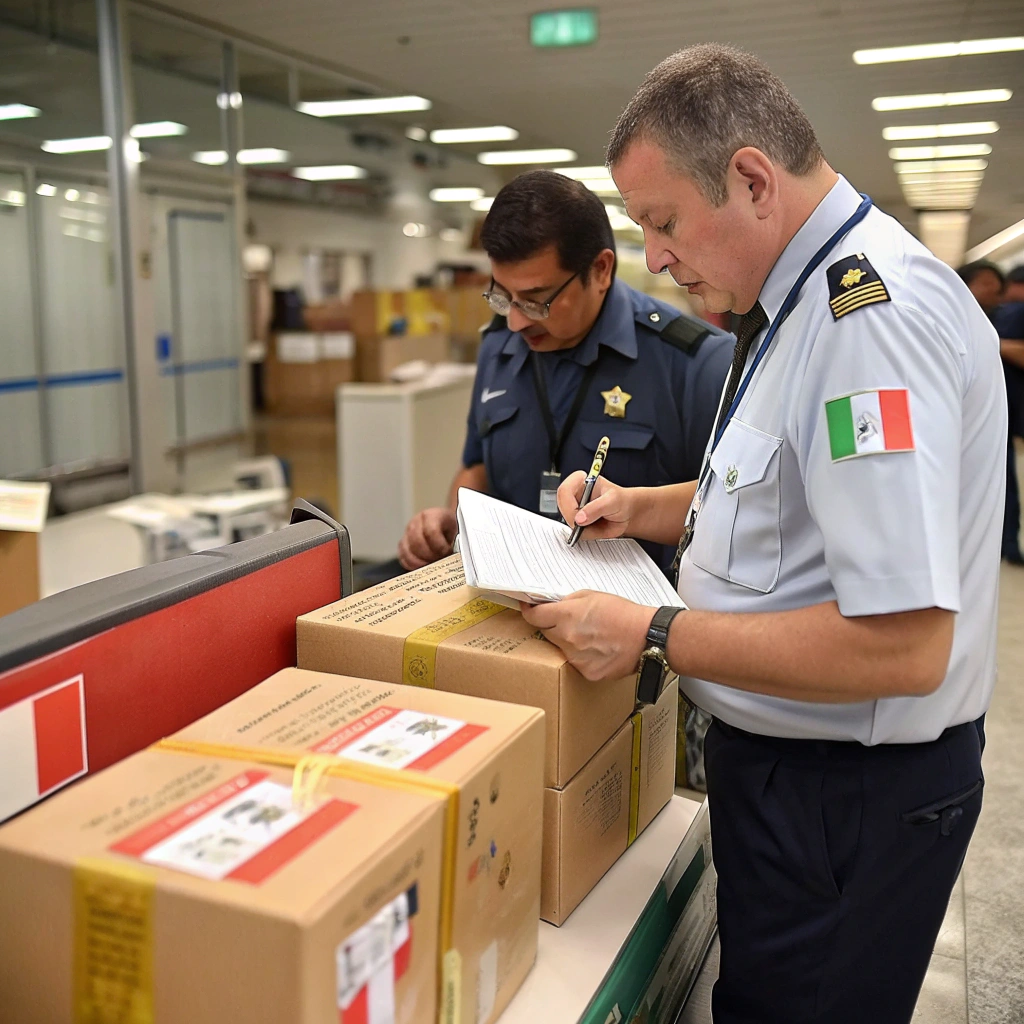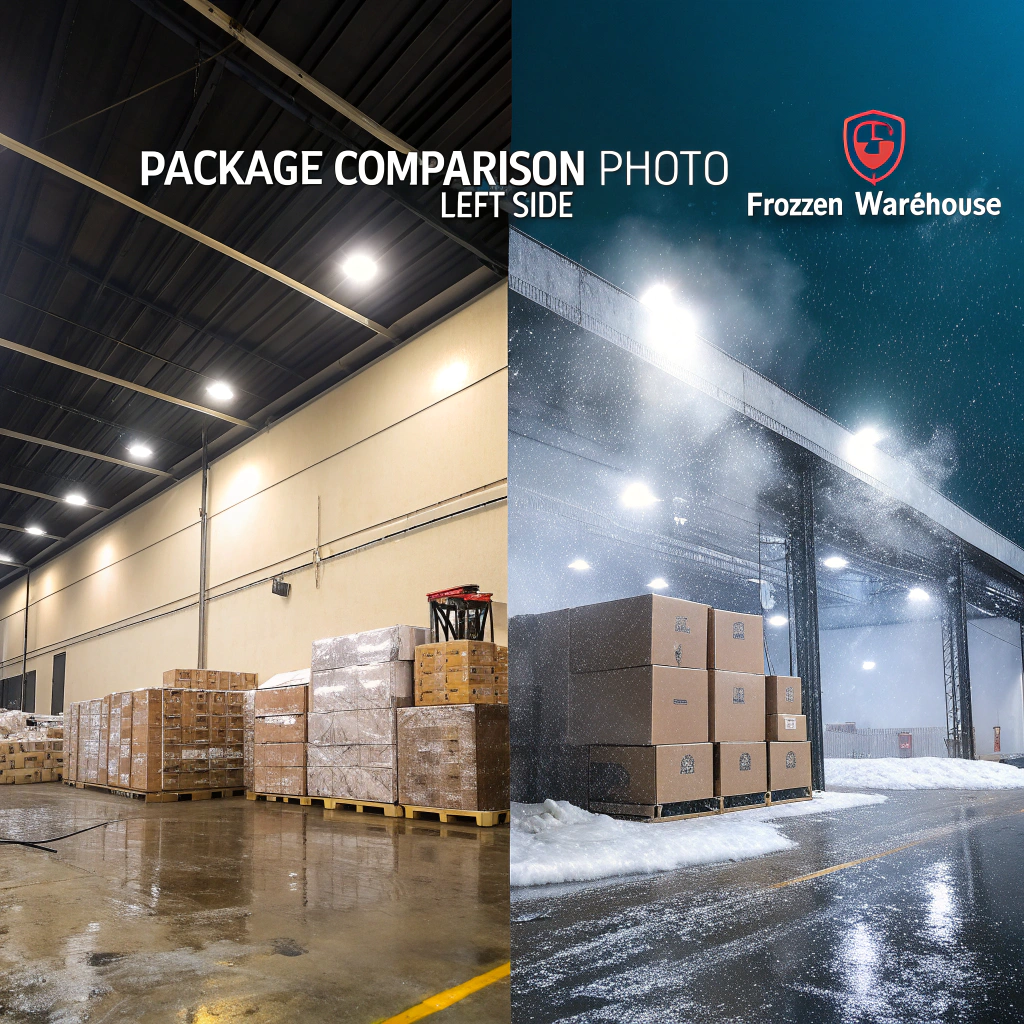International Shipping Considerations: Packaging Requirements Across Different Markets
Expanding into international markets opens tremendous opportunities, but navigating global packaging requirements can make or break your success. Each country enforces unique regulations, cultural preferences, and logistical challenges that directly impact your packaging strategy. Understanding these requirements before shipping prevents costly delays, rejected shipments, and frustrated customers.
Regulatory Compliance Fundamentals
Every country maintains specific packaging regulations covering materials, labeling, and safety standards. The European Union’s REACH regulation restricts certain chemicals in packaging materials, while countries like Australia have strict biosecurity requirements for wood-based packaging materials.
Material certifications vary dramatically between regions. What’s approved in North America might be prohibited in Asia-Pacific markets. Research target market regulations early in your design process—retrofitting compliant packaging costs significantly more than designing with compliance from the start.
Documentation requirements extend beyond product labeling. Many countries require certificates of origin, material safety data sheets, and compliance declarations. Incomplete documentation triggers customs delays that can strand shipments for weeks.

Proper documentation and compliant packaging ensure smooth customs clearance across international borders.
Regional Packaging Preferences
Asian markets often prefer smaller, more compact packaging reflecting limited storage space and different consumption patterns. Japanese consumers particularly value intricate, beautiful packaging that demonstrates respect and attention to detail. Excessive packaging, however, may violate waste reduction laws in countries like Germany.
Middle Eastern markets require packaging that respects cultural sensitivities. Imagery, colors, and messaging must align with local customs and religious considerations. Green packaging, for instance, carries special significance in Islamic cultures and should be used thoughtfully.
Latin American markets often prioritize durability over aesthetics due to challenging logistics infrastructure. Packaging must withstand rough handling, extreme temperatures, and extended transit times while remaining cost-effective for price-sensitive consumers.
Climate and Environmental Challenges
Tropical regions subject packaging to extreme humidity that can compromise adhesives, weaken cardboard, and promote mold growth. Moisture-resistant materials and barrier coatings become essential for product integrity and shelf life.
Arctic shipping presents opposite challenges—extreme cold makes some plastics brittle while temperature fluctuations during transport create condensation issues. Packaging must maintain flexibility and seal integrity across dramatic temperature variations.

Extreme climates worldwide demand specialized packaging materials and designs for product protection.
Language and Labeling Requirements
Multilingual labeling isn’t just helpful—it’s often legally required. Canada mandates French and English labeling, while European Union markets may require multiple languages depending on distribution scope. Machine translation rarely suffices for regulatory compliance; professional translation services ensure accuracy and cultural appropriateness.
Font size regulations vary by country and product category. What’s readable in domestic markets might violate international accessibility standards. Nutritional information, warnings, and ingredient lists often require specific formatting and prominence that differs between regions.
Barcode standards also vary globally. While UPC codes work in North America, EAN codes are standard in most other markets. Using incorrect barcode formats can prevent retail acceptance and complicate inventory management.
Shipping Infrastructure Realities
Developed markets offer reliable logistics networks that enable delicate packaging, while emerging markets may require more robust protective packaging. Road conditions, handling practices, and storage facilities vary dramatically between countries.
Postal restrictions affect packaging dimensions and weight limits. Many countries impose strict size limitations that seem arbitrary but reflect local sorting equipment capabilities. Research these limits early to avoid expensive repackaging or shipping rejections.

Infrastructure differences between markets require adaptive packaging strategies for successful global distribution.
Cost Optimization Strategies
Dimensional weight pricing makes compact, efficient packaging crucial for international shipping profitability. Every cubic inch affects shipping costs when packages travel thousands of miles. Design packaging that maximizes protection while minimizing volume.
Regional sourcing can reduce costs and complexity. Establishing packaging suppliers in target markets eliminates import duties on packaging materials while ensuring local compliance. This strategy also reduces lead times and environmental impact from long-distance material shipping.
Building Flexible Systems
Create packaging platforms adaptable to different market requirements rather than unique designs for each country. Modular labeling systems, removable components, and standardized base packaging reduce complexity while enabling local customization.
Partner with experienced international logistics providers who understand regional requirements. Their expertise prevents costly mistakes and ensures smooth customs clearance across diverse markets.
Successfully navigating international packaging requirements demands thorough research, cultural sensitivity, and operational flexibility. Invest time understanding target market needs before launching—the effort invested in compliance and cultural adaptation pays dividends through successful market entry and satisfied international customers.
International expansion through thoughtful packaging strategy opens global opportunities while respecting local requirements and preferences.

